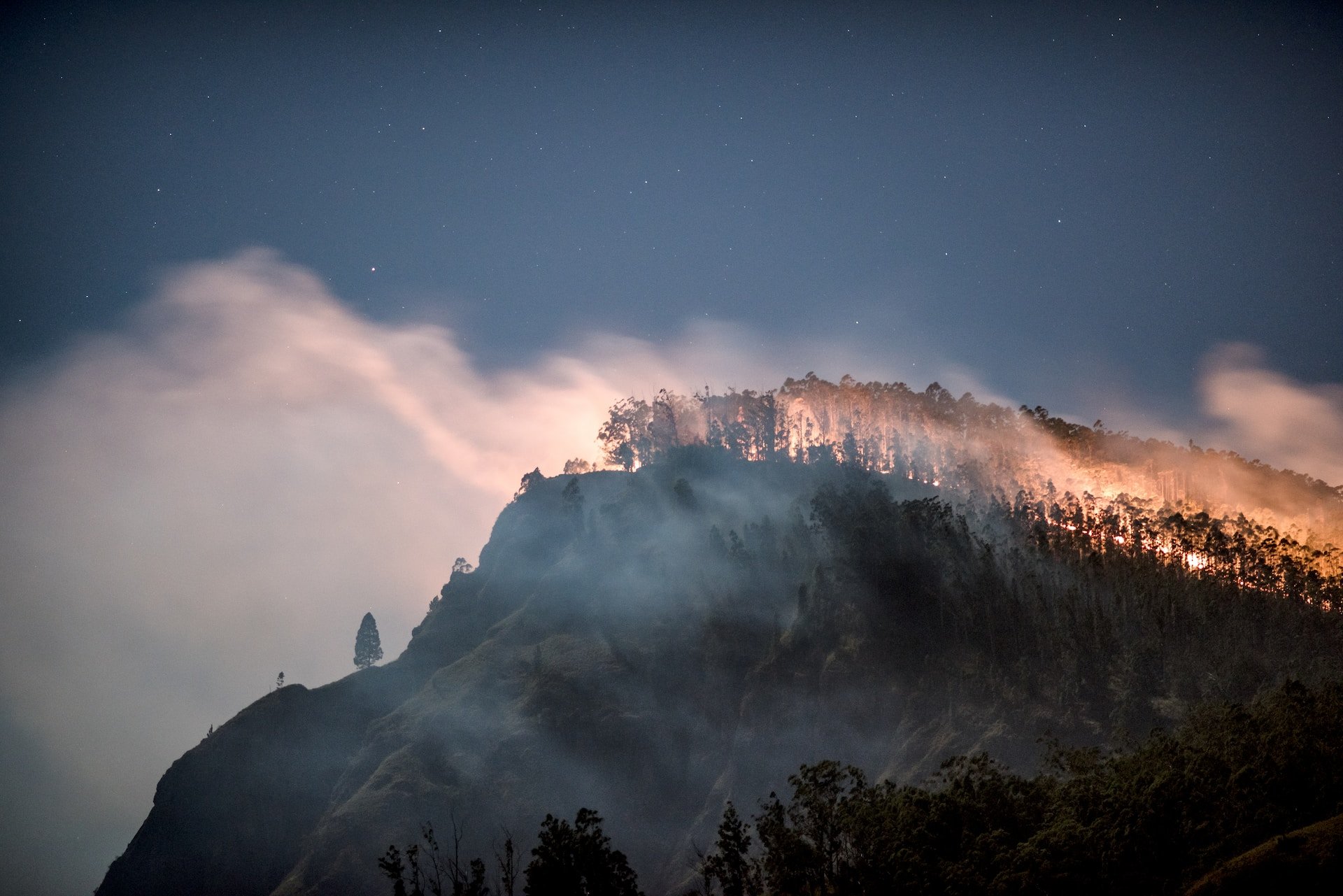

Question: What Natural Disasters Cause the Most Property Damage?
Answer: Disasters that cause the most property damage include hurricanes, earthquakes, floods, wildfires, and tornadoes cause the most property damage. These disasters can destroy homes, cause structural damage, and result in substantial financial losses.
The Impact of Natural Disasters on Home Valuation
Natural disasters devastate communities and properties. They cause heavy financial losses and irreplaceable personal losses. The aftermath can feel overwhelming. Homeowners need to understand how different natural disasters affect their properties. This article examines the natural disasters that typically cause the most property damage. We focus on insights relevant to homeowners. This knowledge helps you protect your home and its value from these unpredictable events.
Floods and Water Damage
Floods cause widespread water damage to homes, roads, and farmland. Heavy rainfall or overflowing rivers can submerge entire neighbourhoods. Water infiltrates foundations, walls, and basements. It destroys drywall, flooring, and electrical systems. The powerful flow of water can also lead to soil erosion. This undermines the stability of buildings and other structures. Homeowners face major cleanup costs and expensive repairs. Water damage can devalue a home, especially if it returns repeatedly. A history of flooding can make a property difficult to sell. It also increases insurance premiums. Property owners should implement flood protection measures. Levees, dams, and proper urban planning can minimize the damage floods cause. You can also install sump pumps and waterproof your basements. These actions protect your home and its value.
Click here for more information about property values
Related Article: What is the Difference Between Property Damage and Physical Damage?
Related Article: How Much Does Flood Damage Affect the Value of a House?
Earthquakes and Structural Integrity
Earthquakes cause serious structural damage to buildings, bridges, and roads. Even minor tremors can result in cracks in walls or foundations. More significant quakes can cause a complete collapse. This type of damage requires extensive and costly repairs. Earthquakes can also trigger secondary disasters, such as landslides or tsunamis. These events escalate property damage in affected areas. Property owners should review their insurance policies to ensure they have adequate coverage. Most standard home insurance policies do not cover earthquake damage. You need a separate policy. Adherence to modern building codes and retrofitting older buildings with seismic upgrades can mitigate some of these risks. This demonstrates the importance of proper construction practices. Homeowners who live in areas with seismic activity must take these precautions seriously to protect their investments.
Hurricanes and High Winds
Hurricanes and tropical storms bring incredibly strong winds. These winds wreak havoc on homes and infrastructure and they can easily tear off roofs, break windows, and knock down trees and power lines. These storms also bring intense rainfall, which leads to flooding. This causes significant damage to a building’s foundation and interior. You also risk the potential loss of personal belongings. Coastal areas may also experience erosion due to storm surges. This leads to the loss of land and potentially undermines the structural integrity of nearby properties. Proper home maintenance and storm preparedness can minimize damage. Secure loose outdoor items, reinforce doors and windows, and trim trees near your house. These simple actions protect your home from wind damage. They also help you avoid expensive repairs and protect your property’s value.
Wildfires and Air Quality
Wildfires destroy homes and landscapes rapidly. They can quickly consume entire neighbourhoods, leaving behind ashes and ruin. Even homes that do not burn can suffer from smoke damage. Smoke infiltrates walls, furniture, and clothing. This leaves a lingering smell that is difficult to remove. Wildfires also severely impact air quality. This causes potential health issues for residents in the surrounding areas. The threat of wildfire poses a significant risk to property value in fire-prone regions. Community preparedness and cooperation with fire prevention regulations make a significant difference in reducing the risk and impact of wildfires. Homeowners can create fire-resistant landscaping and use fire-safe building materials. You should also clear dry brush and debris from your property. These preventative measures protect your home and its value from this specific type of disaster.
Tornadoes and Destructive Power
Tornadoes possess ferocious winds and unpredictable paths. They can level buildings and toss vehicles like toys. The sheer force can be incredibly destructive to both residential and commercial properties. A tornado can destroy a home within minutes. This leaves homeowners with nothing. The damage from a tornado often means a complete loss. It costs a lot to rebuild. The often sudden onset of tornadoes makes preparedness and warning systems vital. They give residents enough time to seek shelter. Homeowners in tornado-prone areas should invest in a safe room or a basement. A reinforced room provides a safe space during a storm. It also provides peace of mind. You should also have an emergency plan in place for your family. This plan will help you act quickly when a tornado approaches.
Freezing and Ice Storms
Extreme cold and ice storms can cause damage to homes. They can freeze pipes, which burst and cause water damage. Ice accumulation on roofs can lead to ice dams. These dams force water under shingles and into your attic. This causes leaks and structural damage. Slippery roads also lead to accidents and property damage. Ice buildup on trees and power lines can cause power outages. These outages disrupt daily life and lead to further damages. You can protect your home from winter weather. You can insulate your pipes and clean your gutters and you can also trim tree branches near your power lines. These actions prevent expensive repairs and maintain your home’s value. They also keep you and your family safe during a storm.
Conclusion
Natural disasters pose a risk to properties. Hurricanes, earthquakes, wildfires, floods, tornadoes, and ice storms are among the most damaging. The impacts vary, but the potential for substantial property damage is a common thread. Homeowners can take proactive measures. They can follow building codes and engage in community preparedness. This reduces their risks. Understanding the types of natural disasters most likely to affect your area can inform insurance decisions. It can also guide home maintenance practices. This protects you against potential losses. Careful planning and awareness can significantly mitigate the devastating effects of natural disasters on property. This ensures you protect your investment and your family. [ 1 ]
References
1. https://www.aceableagent.com/blog/what-natural-disasters-cause-most-damage-homes/


